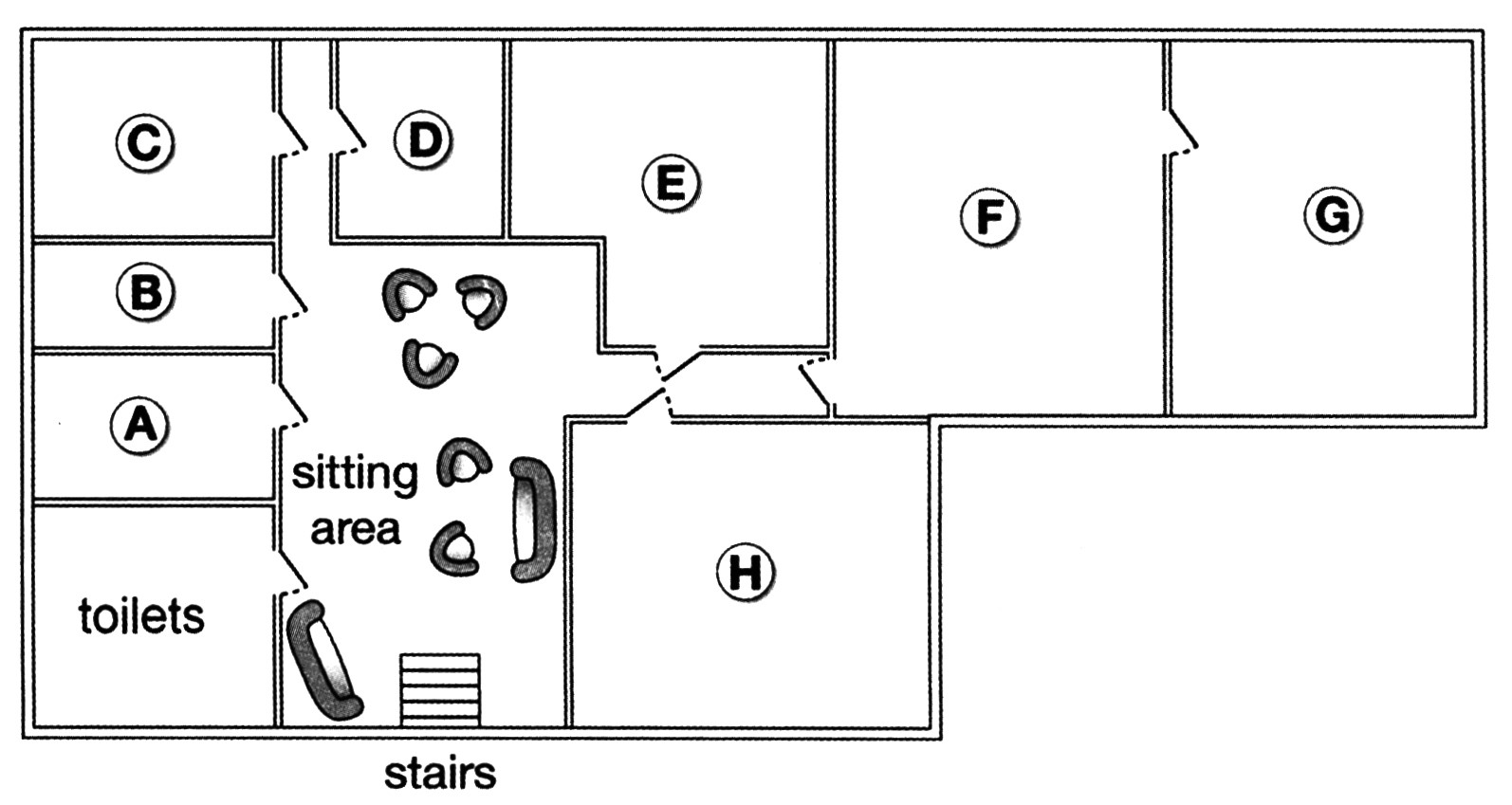

[00:56.52]Good morning, and welcome to the museum - one with a remarkable range of exhibits, which I'm sure you'll enjoy.
[01:03.84]My name's Greg, and I'll tell you about the various collections as we go round.
[01:08.40]But before we go, let me just give you a taste of what we have here.
[01:12.44]Well, for one thing, we have a fine collection of twentieth and twenty-first century paintings, many by very well-known artists.
[01:19.85]I'm sure you'll recognise several of the paintings.
[01:22.41] This is the gallery that attracts the largest number of visitors, so it's best to go in early in the day, before the crowds arrive.
[01:29.31]Then there are the nineteenth-century paintings.
[01:32.79]The museum was opened in the middle of that century, and several of the artists each donated one work - to get the museum started, as it were.
[01:41.00]So they're of special interest to us - we feel closer to them than to other works.
[01:45.75]The sculpture gallery has a number of fine exhibits, but I'm afraid it's currently closed for refurbishment.
[01:52.39]You'll need to come back next year to see it properly, but a number of the sculptures have been moved to other Darts of the museum.
[01:58.89] 'Around the world' is a temporary exhibition - you've probably seen something about it on TV or in the newspapers.
[02:06.87]It's created a great deal of interest, because it presents objects from every continent and many countries, and provides information about their social context - why they were made, who for, and so on.
[02:19.95]Then there's the collection of coins.
[02:22.54]This is what you might call a focused, specialist collection, because all the coins come from this country, and were produced between two thousand and a thousand years ago.
[02:33.11] And many of them were discovered by ordinary people digging their gardens, and donated to the museum!
[02:39.70] All our porcelain and glass was left to the museum by its founder, when he died in 1878.
[02:45.81]And in the terms of his will, we're not allowed to add anything to that collection: he believed it was perfect in itself, and we don't see any reason to disagree!
[03:33.30]OK, that was something about the collections, and now here's some more practical information, in case you need it.
[03:40.41]Most of the museum facilities are downstairs, in the basement, so you go down the stairs here.
[03:47.51]When you reach the bottom of the stairs, you'll find yourself in a sitting area, with comfortable chairs and sofas where you can have a rest before continuing your exploration of the museum.
[03:57.96]We have a very good restaurant, which serves excellent food all day, in a relaxing atmosphere.
[04:04.35] To reach it, when you get to the bottom of the stairs, go straight ahead to the far side of the sitting area, then turn right into the corridor.
[04:14.40]You'll see the door of the restaurant facing you.
[04:17.51]If you just want a snack, or if you'd like to eat somewhere with facilities for children, we also have a café.
[04:24.61] When you reach the bottom of the stairs, you'll need to go straight ahead, turn right into the corridor, and the café is immediately on the right.
[04:35.60]And talking about children, there are baby-changing facilities downstairs: cross the sitting area, continue straight ahead along the corridor on the left, and you and your baby will find the facilities on the left-hand side.
[04:49.82] The cloakroom, where you should leave coats, umbrellas and any large bags, is on the left hand side of the sitting area.
[04:58.77]It's through the last door before you come to the corridor.
[05:03.19]There are toilets on every floor, but in the basement they're the first rooms on the left when you get down there.
[05:10.70]OK, now if you've got anything to leave in the cloakroom, please do that now, and then we'll start our tour.

Label the plan below.
Write the correct letter, A-H, next to Questions 17-20.
Basement of museum

17 restaurant
18 café
19 baby-changing facilities
20 cloakroom

